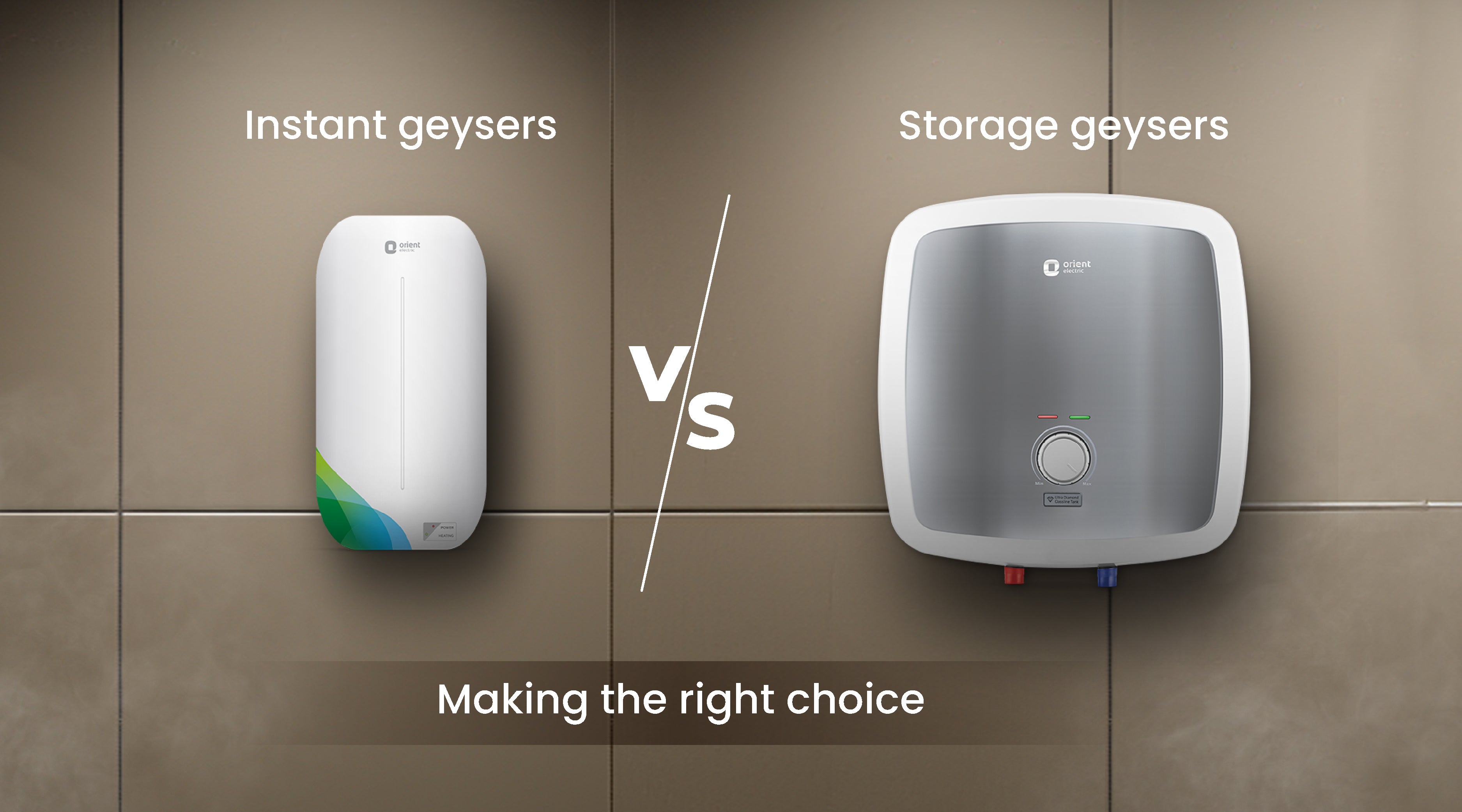How to Select the Right Geyser to Make The Most Of Energy Performance in your house
Picking an energy-efficient geyser is not as simple as it seems, requiring cautious analysis of various aspects. From recognizing the various sorts of hot springs, to evaluating their energy effectiveness rankings and taking into consideration placement method, each choice plays an essential role in optimizing efficiency. Balancing the preliminary financial investment with long-term financial savings is likewise vital. Let's get started on this journey to discover exactly how to make one of the most informed choice for a geyser that will reduce your power bills while making sure optimum efficiency.

Understanding the Various Kinds of Geyser
While there are numerous types of hot springs available on the market, recognizing the differences between them is critical for energy effectiveness (geyser sizes). The initial type, storage hot springs, are the most typical and shop warm water in a container for use when required. They are readily available in different capabilities and are usually energy-efficient, but they can lose warm when not being used
The 2nd type is the tankless geyser, which warms water on need, leading to less energy waste but requiring a greater first power draw. Solar hot springs utilize solar energy to heat the water, making them the most energy-efficient but also the most pricey.
Analyzing Your House's Warm water Requirements
Before diving right into the purchase of a geyser, it is crucial to examine the hot water demands of your family. This evaluation needs to think about many factors including the variety of home participants, regularity of warm water use, and the number of warm water electrical outlets in the home (geyser sizes). A small family members with occasional warm water use may call for a smaller, much less powerful geyser contrasted to a larger family members with several day-to-day warm water demands
The type of devices that need warm water also play a significant function. Dish washers and washing equipments, as an example, might require more warm water than an easy shower or cooking area sink. In addition, details tasks such as bathing or cleansing likewise affect the regularity and quantity of warm water needed.
Reviewing Energy Effectiveness Rankings of Geyser
Having evaluated the warm water needs of your family, it is necessary to turn your interest to the power performance ratings of geysers. These scores, normally given as Energy Element (EF), suggest a hot spring's general power performance based on the amount of warm water created per device of gas eaten over a typical day. The higher the EF, the much more effective the hot water heater.

Factors To Consider in Geyser Size and Positioning
Beyond energy performance ratings, the dimension and placement of your geyser are critical aspects to think about. The dimension of the geyser need to line up with your house's warm water needs. A tiny geyser might make use of much less energy but may not provide enough warm water for several usages at the very same time, whereas a larger unit can fulfill greater demand yet might eat more power.
Geysers ought web to be mounted close to points of usage to minimize warmth loss throughout water transport. Additionally, thinking about thermal insulation, a hot spring situated in a warmer area my company loses much less heat and therefore utilizes much less power to preserve the water temperature.
Cost Analysis: Balancing First Investment and Long-Term Financial Savings
While dimension and placement certainly play considerable roles in a geyser's power effectiveness, one must not ignore the economic facet. When taking into consideration the preliminary financial investment, the cost of energy-efficient geysers can be more than common designs. The increased ahead of time expense can be countered by long-term power cost savings, making it a worthwhile financial investment in the lengthy run (geyser sizes).
Assessing lasting financial savings calls for an understanding of the geyser's energy ranking. discover this A home appliance with a greater rating will certainly eat much less energy, converting to reduced energy costs over time. Government motivations and discounts for energy-efficient home appliances can also aid recoup preliminary expenses.
Finally, maintenance and life expectancy need to be factored in. Energy-efficient hot springs often have longer life-spans and reduced upkeep expenses, contributing to overall savings. When balancing first investment and long-term savings, one ought to consider not only the purchase rate however also energy consumption, federal government motivations, and maintenance costs.

Conclusion
These include comprehending the kinds of hot springs, assessing your family's warm water demands, examining power performance scores, and calculating price benefits. The best geyser size, placement, and insulation can substantially reduce power bills and environmental impact.